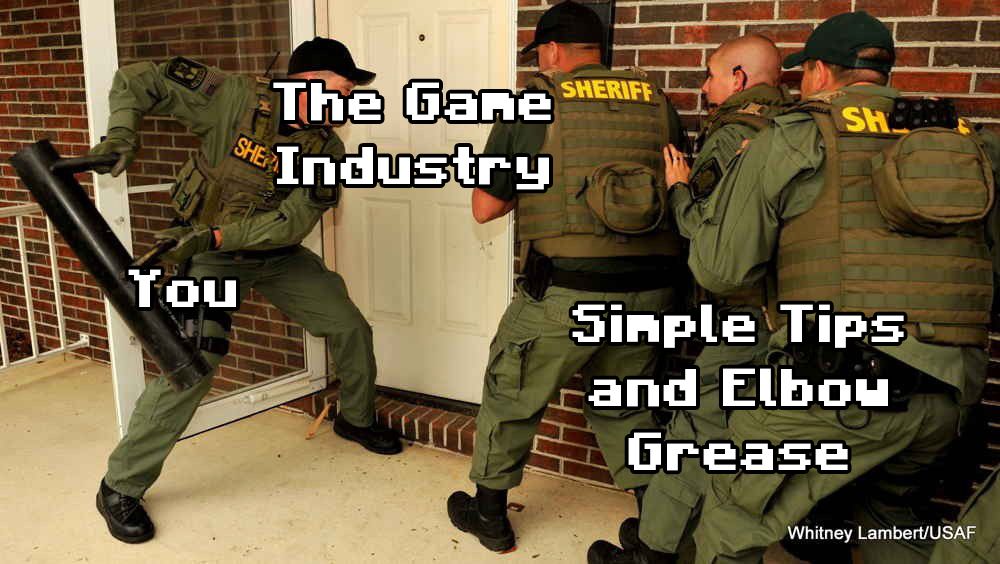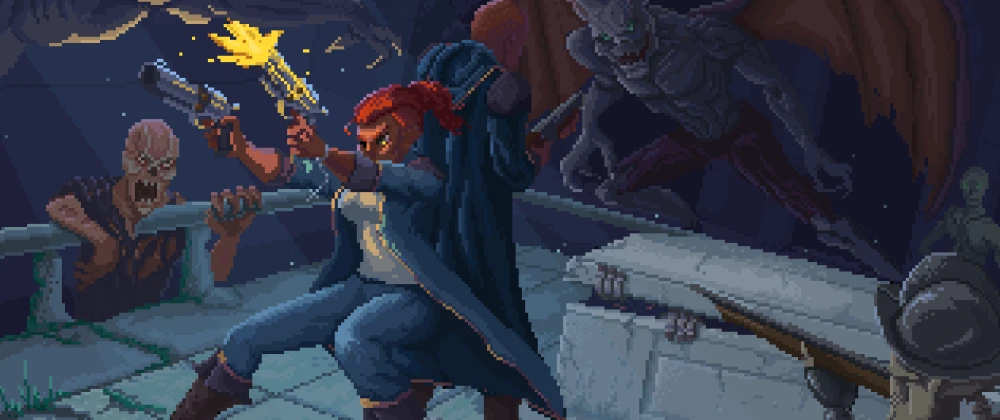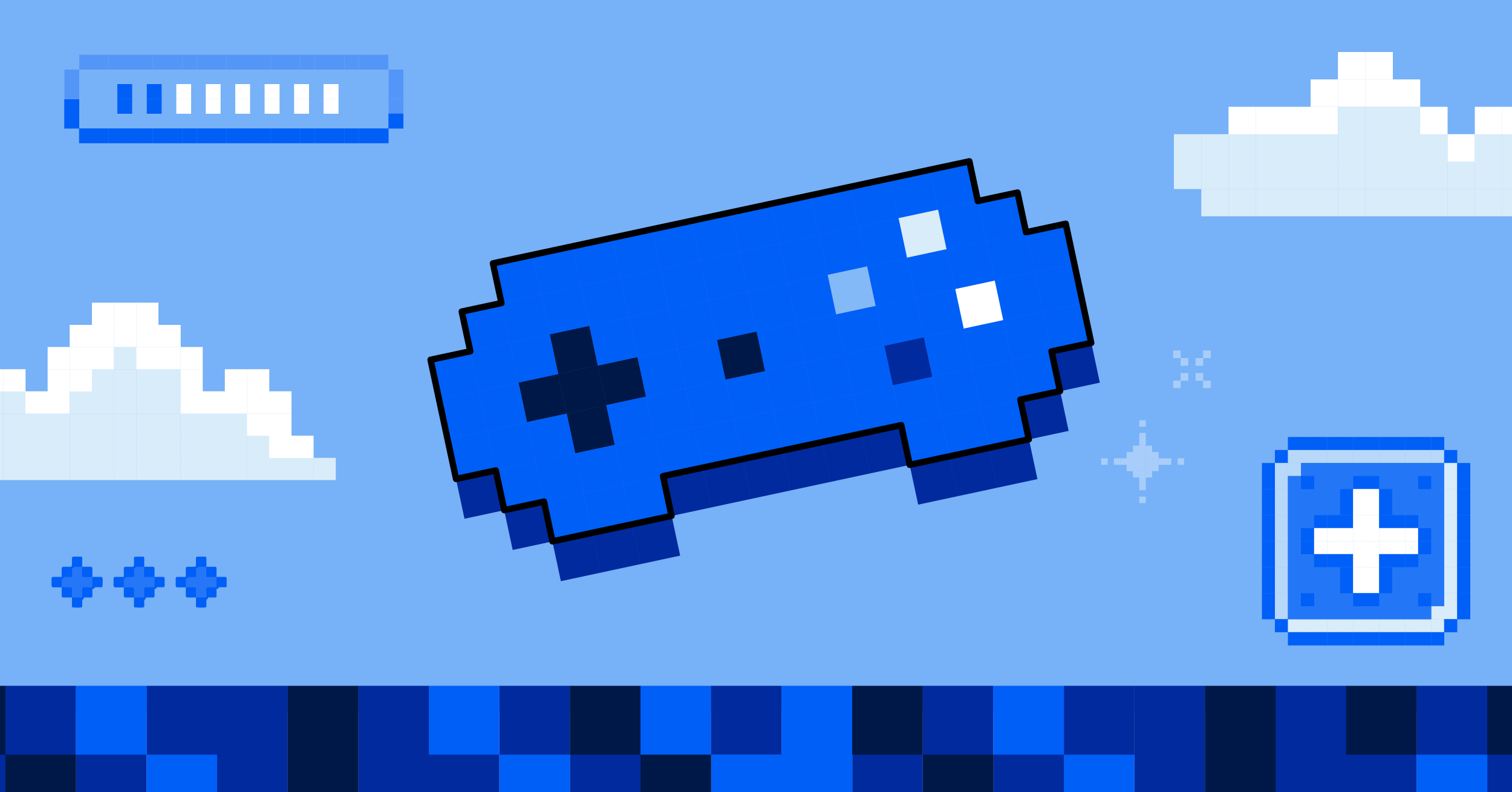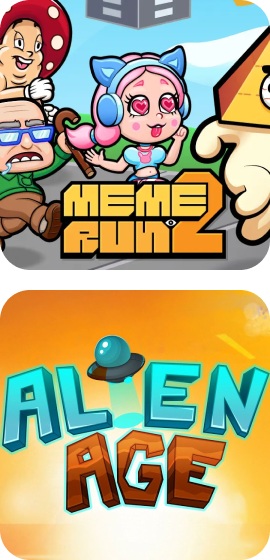Free Game Design Document Template & How-To Guide
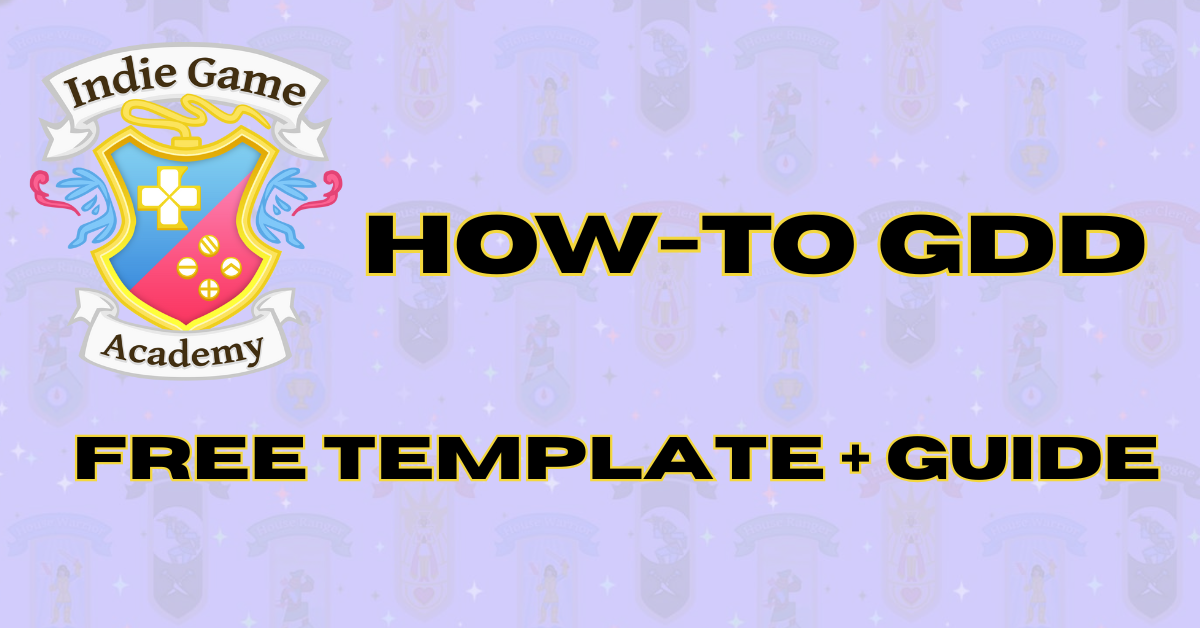
How to GDD: Guide to Game Design Documents
Only need the templates? Grab them here!
Have you ever wondered how do you turn that spark that came to you one day about the most incredible game in the world that you absolutely want to create into something tangible, something you and maybe a team can actually use to build that game? That’s where the a Game Design Document, or GDD, comes in.
We will walk you through what a Game Design Document is, why it’s a good idea to have one, how to create both the traditional GDD and its quicker cousin, the One Pager Design Document. Plus, we’ll share tips to make it easier and point you towards finding a useful GDD template or Game Design Document template.
So, What Exactly IS a Game Design Document (GDD)?
Imagine a GDD as the master plan or the recipe for your game. Simply put, it’s a written document you create to share your vision for the game, describe what’s in it, and map out an implementation plan. Its main job is to get everyone involved in the development process on the same wavelength:
- Shares the Vision: It explains the game’s main idea, how it plays, the story, the look, the sounds – all the details so everyone gets what you’re aiming for.
- Keeps the Team Aligned: It keeps the entire team pulling in the same direction, ensuring everyone, including newcomers, understands the goal and the path to get there. This prevents confusion down the line.
- Organizes Your Thoughts: Even if you’re working solo, writing things down helps you sort out your ideas, keep track of changes, and stay focused on what matters most.
A really important thing to remember is that a GDD is a living document. It’s not meant to be carved in stone on day one. Your game will change as you build it – you’ll have new ideas, figure out what works (and what doesn’t), and refine things. Your GDD should change along with it. It becomes the place where you write down the team’s decisions and flesh out ideas clearly, cutting out the fluff from it.
Why Even Make a GDD?
Making a Game Design Document might feel like a chore when everything that you want is to simply jump into actually making the game. But spending a bit of time on it upfront saves a ton of headaches later:
- Gets You Focused: Writing it down forces you to think through the core parts of your game, moving past the initial excitement to define what really makes it tick. You might realize that you core gameplay loop needs further tweaking or that your planned ending doesn’t align with the rest of the game.
- Keeps Your Project Realistic: It helps you draw a line about what is and isn’t part of the game. This helps stop ‘scope creep’ – that sneaky habit projects have of growing bigger and bigger until they become unmanageable, which can be especially useful if you’re making a GDD for a game jam.
- Makes Planning Easier: When the vision is clear, it’s much easier to figure out what tasks need doing, set deadlines, and spot potential problems early.
- Helps New Teammates: Got someone new joining the project? Hand them the GDD! It’s the fastest way for them to understand the game and get up to speed, like handling the script to an actor before they start acting.
- Builds Confidence: Whether you’re trying to get funding, convince friends to join your team, or just reassure yourself, a well-thought-out GDD shows you’ve got a solid plan. It is not uncommon for publishers to ask for one before signing a deal.
The One Pager: The Quick Version
Before you tackle a potentially giant GDD, many folks start with something smaller: a One Pager Design Document. This is a super concise, often visual, snapshot of your game’s core idea.
What it is: Just like it sounds – a single page (or maybe a single screen) that summarizes the key aspects of a game’s design. It is used to communicate the game’s vision and core features to team members, investors, and publishers. In short words, this is basically a GDD’s condensed version, maximized for readability.
Why use it:
- It’s Fast: Lets you share the basic idea super quickly without getting lost in the weeds. Super useful when you need to work fast for a game jam.
- Great for Brainstorming: Perfect when ideas are flying and changing fast early on. Easy to update or toss out without losing much work.
- Awesome for Quick Pitches: Need to explain your game in 60 seconds? A One Pager helps you nail that.
- A Starting Point: It can be the seed that eventually grows into your full GDD.
Think of the One Pager like a movie poster combined with a quick summary – it should grab attention and instantly tell people what your game is about and why it’s cool.
How to Make a GDD: What Goes Inside?
Okay, so there isn’t one single “official” way to structure a GDD that everyone uses. What matters most is that it’s organized and easy to read. Nobody wants to wade through a 100-page monster doc. Keep it clear and digestible!
Based on common practices and what usually needs defining, here are the kinds of sections you’ll often find in a GDD. Feel free to mix, match, add, or remove these to fit your game:
-
The Basics / Elevator Pitch:
- Title & Tagline: Your game’s name and a catchy phrase that sums it up.
- Quick Pitch: A short paragraph explaining the core concept. What’s the big idea? What makes it stand out?
- Genre: What kind of game is it? (e.g., Side-scrolling action, Cozy farming sim, Online shooter).
- Who’s It For? (Target Audience): Describe your ideal player. (e.g., Teens who like fast reflexes, Adults looking for a relaxing story).
- Where Will People Play? (Platform): PC? Phone? Switch? Xbox?
- Inspirations: What other games, movies, or books sparked ideas for this one?
-
How It Plays (Gameplay & Mechanics):
- The Core Loop: What does the player do over and over? (e.g., Explore -> Find Resource -> Craft Item -> Use Item -> Explore…).
- Key Actions: Break down the main things players can do (jump, shoot, talk, build, solve puzzles). How do the controls work?
- Game Rules & Systems: How does scoring work? How do players get stronger? What about the game’s economy, AI enemies, or physics?
- Level Design Ideas: How will the levels or game world be structured? What kinds of challenges and rewards will players find?
-
The Story & World (Narrative):
- Story Overview: A summary of the main plot or narrative journey.
- Characters: Who are the important people (or creatures)? Main character, friends, foes, shopkeepers? What are they like?
- The Game World: Describe the setting. Is it a fantasy kingdom, a sci-fi spaceship, a modern city? What’s the vibe?
- Themes: Are there any deeper ideas the game explores (e.g., friendship, survival, greed)?
-
The Look & Feel (Art & Aesthetics):
- Visual Style: What should the game look like? Realistic? Cartoony? Retro pixel art? Hand-drawn? Include reference pictures or concept art if you have them!
- Character Appearance: How should the characters look?
- Environments: What’s the visual design of the places players will visit?
- Menus & Interface (UI/UX): How will the menus, health bars, maps, etc., look and work? Make it easy for players to understand!
-
What It Sounds Like (Audio):
- Music: What kind of music fits the mood? Epic orchestra? Chiptunes? Chill lo-fi beats?
- Sound Effects: List important sounds (footsteps, explosions, magic spells, door creaks).
- Voices: Will characters talk? Do you need voice actors?
-
Tech Stuff (Optional, but good to note):
- Engine & Tools: What game engine (like Unity or Unreal) or software are you planning to use? Any specific technical goals or limitations?
- How It Makes Money (Monetization): If relevant, how will the game generate revenue? (e.g., Sell copies, In-app purchases, Ads).
-
The Plan (Can be separate):
- Rough Timeline: Big goals or phases for development (e.g., Prototype ready by June, Alpha test in December).
- Team Roles: If working with others, who’s doing what?
Tips for a Great GDD
- Keep it Clear & Simple: Use plain language. Get straight to the point. Future You (and your team) will appreciate it when trying to find info quickly. Shorter is often better.
- Picture Your Game: Write about the game as if you’re playing it. Describe the experience. Write down the cool features you dream of, even if you’re not sure how you’ll build them yet. You can figure out the details later.
- Focus on What Matters: If you’re making a simple puzzle game, you probably don’t need 20 pages on character backstories. Feel free to cut sections that don’t fit.
- Get a Second Opinion: Read it through yourself, then ask a friend (ideally one who doesn’t know the idea yet) to read it. Do they get it? Do they have questions? This feedback is gold.
- Add Pictures: Flowcharts for game loops, quick sketches of levels, character drawings, UI mockups – visuals make things much easier to understand.
- Enjoy the Process: This is your creative vision taking shape. Let your excitement for the game shine through!
Real World Examples
Check out some of these real-life design documents (many others are floating around online):
- Race’n’Chase GDD (Which became the first Grand Theft Auto!)
- Majestic Revolutions GDD (The first draft for Deus Ex)
- Doom Bible
- Wasteland 2 Vision Document
- One Page Designs GDC Talk by Stone Librande
Looking at these shows you how different teams approached documenting their ideas.
Grab a Free GDD & One Pager Templates!
Here at IGA we have both a GDD and One Pager templates available for free to everyone!
Game Design Document Template
One Pager Game Design Document Template
You can download the file as a PDF or make a copy of them to edit them directly
Wrapping Up: Your GDD is Your Game’s Best Friend
Whether you whip up a quick One Pager first or jump into a more detailed Game Design Document, taking the time to write down your ideas is a huge step towards making your game real. It’s not just busywork; it’s how you sharpen your vision, get everyone aligned, and build a strong foundation for the actual development work.
Focus on clarity, use a structure that makes sense for your project, keep it readable, and remember it can change and grow. Do that, and your GDD will be one of the most valuable tools in your game-making toolkit. Good luck, and happy designing!
